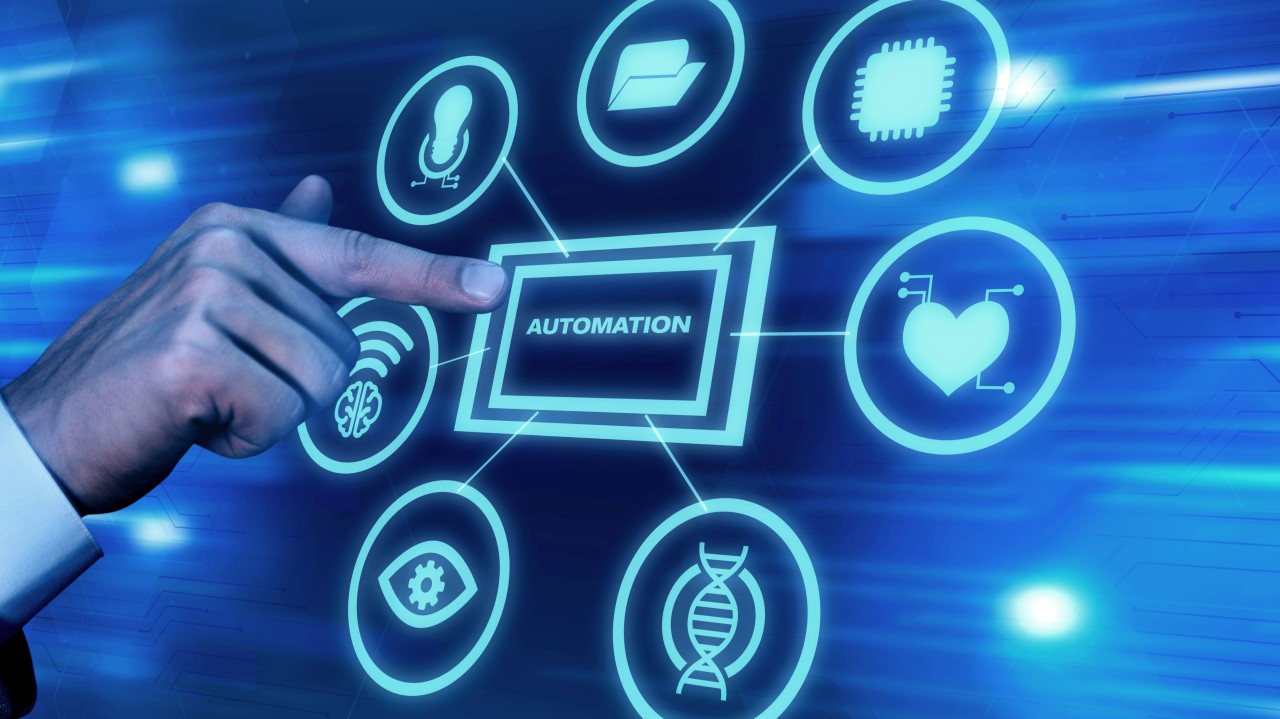Using RPA vs. AI in Claims Processing
The world of healthcare claims processing is increasingly embracing technology to tackle inefficiencies, reduce costs, and improve accuracy. Two key technologies driving this transformation are Robotic Process Automation (RPA) and Artificial Intelligence (AI). While both offer tremendous benefits, their applications differ significantly. Knowing when to use RPA versus AI—or when to combine the two—can be the difference between incremental improvement and a transformative leap.

Understanding RPA: The Rules-Based Workhorse
RPA is designed to automate repetitive, rules-based tasks that follow a predefined set of steps. Think of RPA as the digital equivalent of a highly efficient, tireless employee who doesn’t deviate from the script. It interacts with systems just as a human would—logging into applications, copying and pasting data, and executing processes in strict adherence to preset rules.
Where RPA Excels in Claims Processing:
- Eligibility Verification: Automating checks to ensure patient eligibility based on policy coverage and rules.
- Data Entry and Transfer: Migrating claims data between systems without errors or delays.
- Claim Status Updates: Checking claim progress and notifying stakeholders in real-time.
- Regulatory Compliance Reporting: Generating reports to meet audit and compliance requirements.
RPA is especially useful in scenarios where speed, accuracy, and cost-effectiveness are priorities, and the processes are largely repetitive. It doesn’t require changes to existing IT infrastructure, making it relatively quick to deploy.
However, RPA’s limitations become evident when processes involve complex decision-making, unstructured data, or scenarios where rules are not clearly defined. That’s where AI comes in.
The Power of AI: Intelligent, Adaptive Automation
Unlike RPA, AI goes beyond rote execution to mimic human intelligence. AI technologies like machine learning (ML) and natural language processing (NLP) analyze patterns, make predictions, and adapt over time. AI thrives in complexity, where decisions need to be made, and rules aren’t black and white.
How AI Elevates Claims Processing:
- Fraud Detection: Identifying suspicious patterns and anomalies in claims data to flag potential fraud.
- Denial Management: Analyzing trends in claim denials and recommending strategies to reduce rejection rates.
- Unstructured Data Processing: Using NLP to extract data from handwritten notes, scanned documents, or emails.
- Predictive Analytics: Forecasting claim outcomes, payment cycles, or resource allocation needs based on historical data.
AI is ideal for tasks requiring insight and foresight, especially when paired with large datasets. However, implementing AI often demands significant investments in data infrastructure, expertise, and ongoing management. Unlike RPA, which delivers immediate, tangible benefits, AI’s value grows over time as it learns and adapts.

RPA vs. AI: Complementary Technologies
RPA and AI are not competing technologies—they’re complementary. In many cases, they work best when combined. RPA can handle routine, high-volume tasks while AI steps in to address the more nuanced, decision-heavy aspects of claims processing.
Examples of a Hybrid Approach:
- Claims Intake Workflow: RPA extracts data from structured documents like claim forms and inputs it into the system. AI then analyzes the data for anomalies or inconsistencies.
- Fraud Prevention Pipeline: RPA automates the aggregation of claims data, while AI detects patterns indicative of fraud.
- Denial Resolution: RPA routes denied claims to appropriate teams, while AI identifies root causes and suggests corrective actions.
This synergy not only improves efficiency but also empowers organizations to scale operations while delivering superior outcomes.

Key Considerations for Choosing Between RPA and AI
When deciding whether to use RPA, AI, or both, consider these factors:
- Nature of the Task: Is it rules-based or does it require learning and judgment?
- Data Type: Is the data structured and consistent, or unstructured and variable?
- Complexity of the Process: Is the process straightforward or does it involve dynamic decision-making?
- Implementation Timeline: RPA offers quicker deployment, while AI requires more time and resources to implement effectively.
- Long-Term Goals: RPA is an excellent entry point to automation, while AI provides the foundation for long-term innovation.

Making the Right Choice
Choosing the right tool depends on understanding the problem you’re trying to solve and aligning it with your organization’s goals. While RPA delivers quick wins in operational efficiency, AI opens the door to more sophisticated capabilities that drive strategic value. Together, they can redefine how claims processing is managed.
At Mizzeto, we specialize in helping healthcare payers navigate these decisions, providing tailored solutions to automate and optimize claims processing. Whether you’re looking to deploy RPA, implement AI, or explore a hybrid model, we’re here to guide you every step of the way.
Reach out to Mizzeto to transform your claims processing strategy and achieve operational excellence.






























